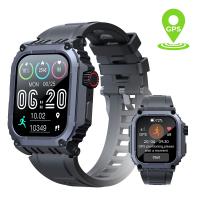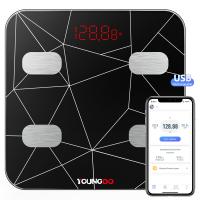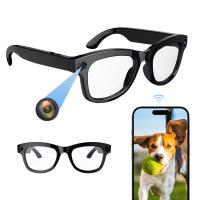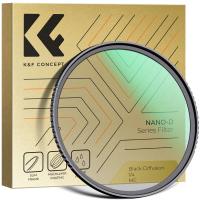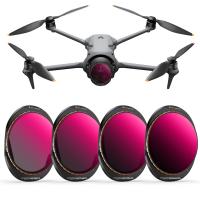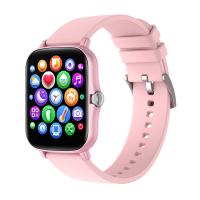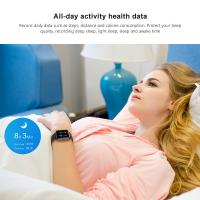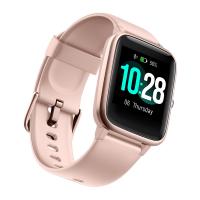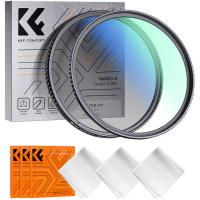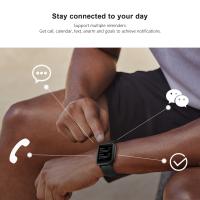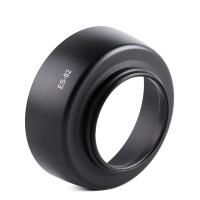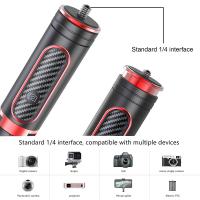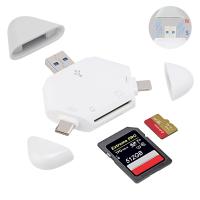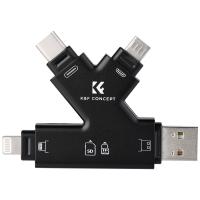What Does A Smart Health Watch Do?
The Role and Impact of Smart Health Watches in Modern Wellness
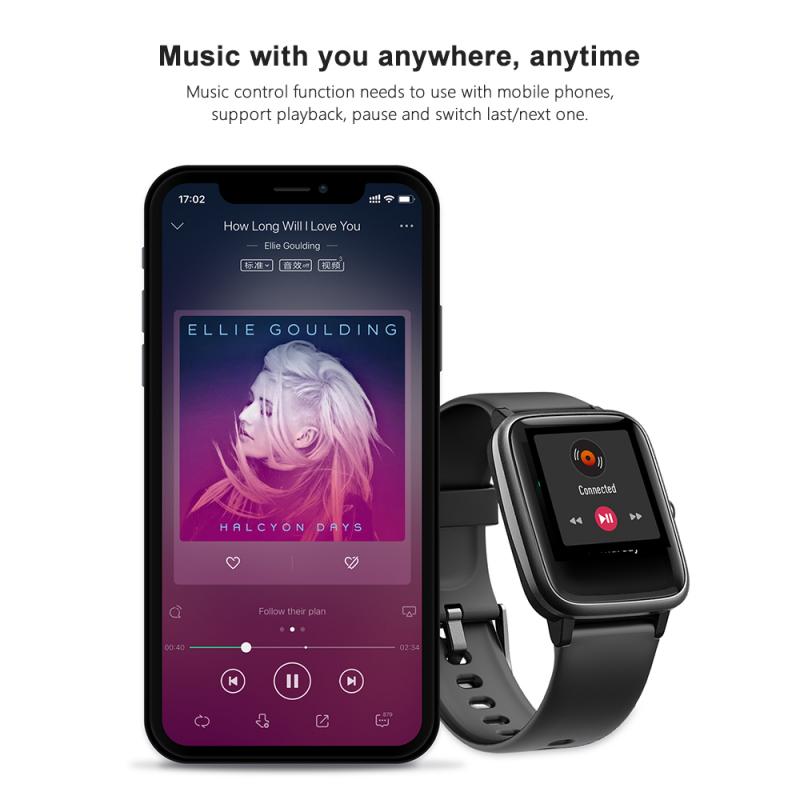
In the last decade, wearable technology has evolved from simple fitness trackers to sophisticated smart health watches that provide a holistic view of an individual's health. These devices seamlessly integrate technology and healthcare, empowering users to monitor, manage, and optimize their well-being with unprecedented convenience. Understanding what a smart health watch does unveils the immense potential it holds for personal health management and preventive care.
---
Comprehensive Health Monitoring
Smart health watches are equipped with advanced sensors and algorithms that monitor various aspects of physical health. The key metrics these devices track include:
1. Heart Rate Monitoring
Continuous heart rate tracking is a cornerstone feature of smart health watches. This functionality enables users to:
- Track their resting heart rate and identify unusual variations.
- Monitor heart rate during workouts to ensure they're exercising within optimal intensity zones.
- Detect potential heart irregularities, such as arrhythmias, in some models.
2. Sleep Tracking
Many smart health watches provide detailed sleep analysis by measuring sleep duration, quality, and cycles. This information helps users:
- Understand their sleep patterns.
- Identify disruptions in sleep caused by lifestyle choices or health issues.
- Take actionable steps to improve sleep hygiene.
3. Activity and Fitness Metrics
Fitness tracking capabilities include step counts, distance traveled, and calories burned. Advanced models also incorporate:
- VO₂ max measurements to assess cardiovascular fitness.
- Training readiness scores to optimize workout intensity and recovery periods.
4. Blood Oxygen Monitoring (SpO₂)
Blood oxygen saturation tracking is especially relevant for athletes, individuals with respiratory issues, or those recovering from illnesses. These insights can signal underlying conditions like sleep apnea or hypoxia.
5. ECG and Blood Pressure Monitoring
High-end smart health watches often include an electrocardiogram (ECG) feature to detect signs of atrial fibrillation and other heart abnormalities. Blood pressure monitoring is another advanced function, allowing users to track hypertension trends.
---
Preventive Health Insights
By collecting real-time data, smart health watches enable early detection of health anomalies. For instance:
- Irregular heart rhythms or abnormal SpO₂ levels can prompt users to seek medical consultation before issues escalate.
- Stress monitoring through heart rate variability (HRV) helps users identify patterns of chronic stress and take corrective measures.
These preventive capabilities underscore the significance of continuous health monitoring in reducing the risk of severe health conditions.
---
Encouraging a Healthy Lifestyle
Smart health watches act as personal wellness coaches. By setting goals and providing real-time feedback, they motivate users to:
- Increase daily physical activity through step goals and activity reminders.
- Incorporate mindfulness practices by utilizing stress management features, such as guided breathing exercises.
- Adopt healthier habits, including maintaining consistent sleep schedules and staying hydrated.
Gamification elements, like streaks, badges, or social challenges, further enhance user engagement and adherence to health routines.
---
Integration with Broader Health Ecosystems
One of the standout features of modern smart health watches is their ability to integrate with other digital ecosystems. For example:
- Syncing with Health Apps: Data from the watch can be synced with apps like Apple Health, Google Fit, or Fitbit to provide a more comprehensive health overview.
- Remote Healthcare Monitoring: Users can share their health data with healthcare providers, facilitating remote monitoring and telemedicine consultations.
- Emergency Response Features: Some smart health watches are equipped with fall detection and SOS features, automatically alerting emergency contacts or services in case of accidents.
This interconnectedness not only enriches the user experience but also bridges the gap between personal health monitoring and professional medical care.
---
Personalization and Adaptability
Modern smart health watches are highly customizable, catering to diverse user needs. Examples include:
- Adaptive training programs for beginners, intermediate users, and elite athletes.
- Tailored health insights based on age, gender, and activity levels.
- Customizable watch faces and notifications to suit individual preferences.
This level of personalization ensures that the device remains relevant and valuable across a wide range of users.
---
Challenges and Limitations
While smart health watches offer significant benefits, they are not without challenges:
1. Accuracy Concerns: Although the accuracy of health metrics has improved, these devices are not a substitute for medical-grade equipment.
2. Data Overload: The abundance of data can be overwhelming, especially for users unfamiliar with interpreting health metrics.
3. Privacy and Security Risks: Storing sensitive health data on cloud platforms raises concerns about data breaches and misuse.
These limitations highlight the need for continuous innovation and user education to maximize the potential of smart health watches.
---
Future Directions in Smart Health Watches
As technology advances, smart health watches are poised to become even more integral to healthcare. Potential developments include:
- Advanced Diagnostics: Incorporating non-invasive glucose monitoring, hydration levels, and other complex health metrics.
- AI-Driven Insights: Using artificial intelligence to provide personalized health recommendations based on trends and patterns.
- Improved Wearability: Enhancing battery life, reducing device size, and integrating smart health features into conventional fashion accessories.
These innovations will not only enhance user experience but also redefine the scope of wearable technology in healthcare.
---
Conclusion
Smart health watches have revolutionized how individuals approach their health and wellness. By offering real-time insights, promoting preventive care, and encouraging healthier lifestyles, these devices have become indispensable tools in modern life. While challenges remain, the ongoing evolution of smart health watches ensures that they will continue to empower users to take charge of their health and lead more balanced, informed lives.

